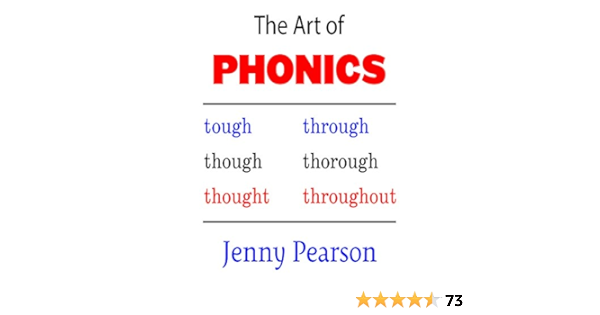
Master the Art of Phonics Teaching: Essential Skills and Strategies
Phonics teaching is a fundamental aspect of early literacy instruction. It involves the understanding of the relationship between sounds and letters, enabling children to decode and read words accurately. Mastering the art of phonics teaching is essential for educators to effectively support the development of foundational reading skills in their young learners.
In this article, we will explore the essential skills and strategies that teachers can employ to enhance phonics instruction and ensure optimal learning outcomes for their students.
1. Understanding Phonics:
Before delving into teaching strategies, it is crucial for educators to have a solid understanding of phonics themselves. Teachers must be well-versed in the different phonetic rules and patterns that govern the English language. This includes knowledge of letter-sound relationships, consonant blends, digraphs, diphthongs, and more.
2. Introduce Phonics Early:
Early exposure to phonics is vital for children to develop strong reading skills. Incorporate phonics activities and instruction right from the beginning of pre-school or kindergarten. Create a print-rich environment, label objects with corresponding words, and engage students in phonemic awareness exercises to lay a strong foundation.
3. Teach Phonemic Awareness:
Phonemic awareness refers to the ability to identify and manipulate individual sounds in spoken words. It is a precursor to phonics instruction and an essential skill for successful reading. Engage students in activities that focus on sound segmentation, blending, and manipulation. Use games and interactive tools to make this learning engaging and enjoyable.
4. Systematic and Explicit Instruction:
When teaching phonics, provide a systematic and explicit approach to ensure students grasp the foundational skills consistently. Start with teaching simple letter sounds and gradually progress to more complex phonetic patterns. Break down words into individual sounds and teach students to decode and blend them together to form words. Provide ample practice opportunities to reinforce learning.
5. Multi-Sensory Techniques:
Effective phonics instruction involves engaging multiple senses to reinforce learning. Incorporate activities that combine visual, auditory, and kinesthetic elements. Use flashcards, letter tiles, or magnetic letters to aid visual recognition. Encourage students to orally sound out words and manipulate letter tiles to build and blend words. These multi-sensory techniques cater to diverse learning styles and enhance retention.
6. Decodable Texts:
Introduce decodable texts that align with the phonics skills being taught. Decodable texts contain mostly words that follow the phonics patterns being taught, enabling students to practice their newly acquired skills in a meaningful context. Gradually increase the complexity of decodable texts as students progress in their phonics journey.
7. Scaffolded Learning:
Differentiate instruction to meet the diverse needs of students. Offer scaffolded learning experiences by providing supports such as word banks, picture cues, or sentence frames. Gradually reduce these supports as students gain confidence in their phonics abilities. Tailoring instruction to individual needs enhances student engagement and success.
8. Phonics Games and Activities:
Incorporate phonics games and activities to make learning enjoyable and interactive. Use flashcard races, phonics bingo, word sort games, or online interactive games to reinforce letter-sound relationships and word decoding skills. Gamification enhances motivation and provides opportunities for hands-on learning experiences.
9. Continual Assessment and Progress Monitoring:
Regularly assess and monitor students’ phonics skills to identify areas of growth and areas requiring further instruction. Use formative assessments such as oral reading fluency checks, word sorts, or phonics quizzes. This data will help inform instructional decisions and allow for targeted interventions if needed.
10. Integration with Reading and Writing:
To ensure transferability, integrate phonics instruction with reading and writing activities. Encourage students to apply their phonics knowledge while reading texts or composing sentences. Scaffold students’ writing by providing word banks or anchor charts that highlight phonics patterns. Integrating phonics with authentic literacy experiences promotes skill consolidation and application.
In conclusion, mastering the art of phonics teaching requires educators to possess a solid understanding of phonics principles and employ effective instructional strategies. By providing explicit and systematic instruction, incorporating multi-sensory techniques, and integrating phonics into meaningful contexts, teachers can support their students in developing strong foundational reading skills. With continued assessment and tailored instruction, educators can ensure optimal learning outcomes and empower students to become proficient readers.


















